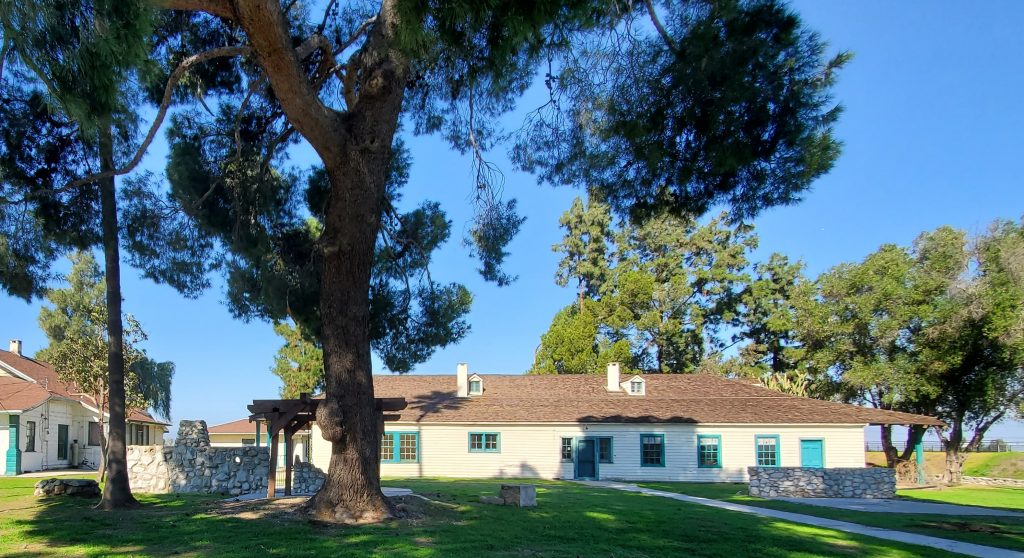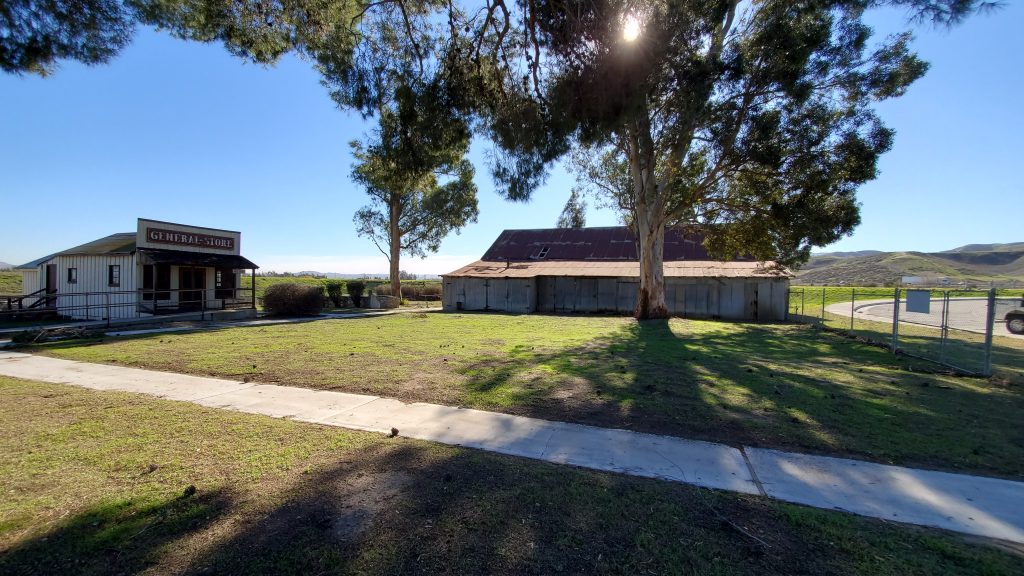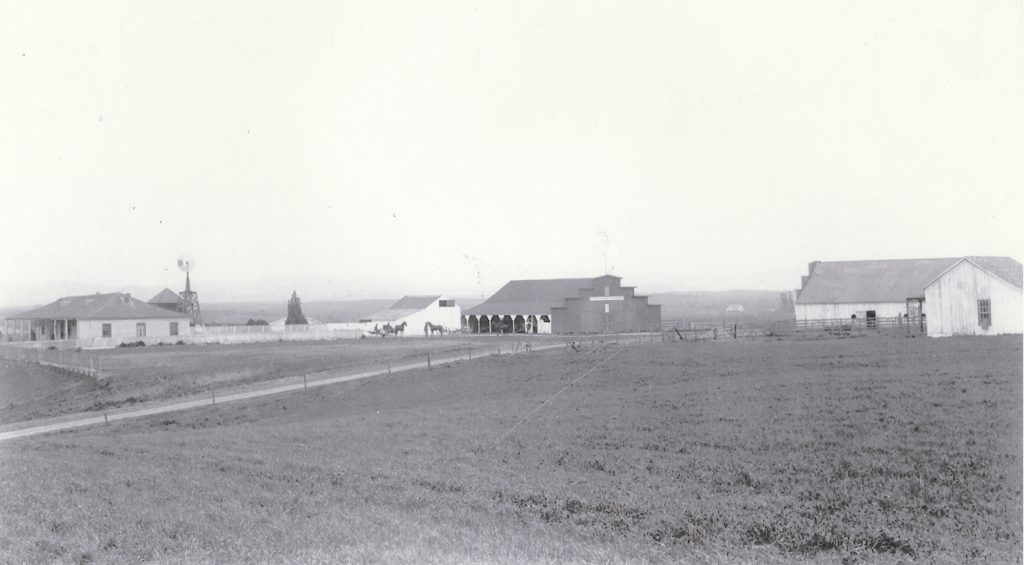Yorba-Slaughter Families Adobe
Inside the Yorba-Slaughter Families Adobe (Temporarily Closed)
California State Historical Landmark #191
National Register of Historic Places 75-450
Address
17127 Pomona Rincon Road, Chino CA 91708
(909) 798-8608
Directions
Plan Your Trip Ahead
We suggest contacting the main museum at (909) 798-8608 to ensure this site is open on the day you would like to visit, as we may experience temporary closures due to high wind or other factors during the year.
Hours and Admission Fees
- Tuesday through Saturday: 10 a.m. to 3 p.m.
- Closed on all County-observed holidays.
- Group tours by appointment.
Admission Fees: No Cost
- January 1 (New Year’s Day)
- Third Monday in January (Martin Luther King Jr. Day)
- Third Monday in February (President’s Day)
- Easter Sunday
- Last Monday in May (Memorial Day)
- June 19 (Juneteenth)
- July 4 (Independence Day)
- First Monday in September (Labor Day)
- Second Monday in October (Columbus Day)
- November 11 (Veterans Day)
- Third Thursday in November (Thanksgiving Day)
- Third Friday in November (Day after Thanksgiving)
- December 24 (Day before Christmas)
- December 25 (Christmas Day)
- December 31 (Day before New Year’s)
About
The Yorba-Slaughter Families Adobe was built in 1852-53, and is one of the oldest standing adobe residences in San Bernardino County.
The Yorba family was among the most influential in the early history of the Prado Basin. José Antonio Yorba was granted the Rancho Santiago de Santa Ana, 60,000 acres between present-day San Diego and Santa Ana, in 1801. His son, Bernardo Yorba, added to the family holdings with the purchase of 18,000 acres in the Rincon area from Juan Bandini. Bernardo’s son, Raymundo (also spelled Raimundo) built the first house at the Yorba-Slaughter Adobe site in 1851. The structure burned and was replaced by the present structure in 1852-53. The adobe, built by Indian laborers from a rancheria east of the property, was known as “Buena Vista.” The road at the foot of the hill was a regularly used part of the Fort Yuma to Los Angeles Road, and the Yorba Adobe was an optional stage stop for the Butterfield Overland Mail from 1858 to the start of the Civil War. The rancho was prosperous, and Raymundo Yorba was the most affluent of the land owners in the Prado Basin.
The property was purchased in 1868 by Fenton M. Slaughter, an American born in Virginia in 1826, a veteran of the Mexican War of 1846, and later a blacksmith, surveyor, and sheep and cattle broker in the Los Angeles area. Following his purchase of the property, Slaughter vastly increased his wealth and influence. He raised cattle, introduced merino sheep to California, bred ne race horses and mules, and raised grain and grapes. The adobe became the center of a small settlement called “Rincon”. A post office was established in 1870 (probably in the adobe itself ), and there were a general store, a saloon, a blacksmith shop, a dairy, and the Vine Slope winery by 1879. Fenton Slaughter was an active and influential political force, serving in the state legislature in the early 1870s and as a San Bernardino County Supervisor from 1885-1890. He died at the adobe in 1897, leaving 9 children.
The adobe residence was originally one story with a sleeping loft: the four rooms on the main floor and 3 in the loft were arranged side-by-side. Nearly every room had an exterior door. Wide porches were built on all four sides; porches on the east and south sides were later enclosed.
Next door, the ornamental concrete block house was built between 1906 and 1909. It, too, had porches that were later framed to create more rooms. It was to become the principal residence at Buena Vista; the adobe was apparently unoccupied between 1916 and 1929 and was for a time used to grow mushrooms.
Restoration of the adobe was started in 1928 by Julia Slaughter Fuqua, the third child of Fenton and Dolores Slaughter. The adobe was designated California State Historical Landmark No. 191 in 1934, and the property was purchased by the County of San Bernardino in 1971. Major restoration and seismic retrofitting of the adobe was completed in September, 2000.
One of the fascinating aspects of this site is the presence of original furnishings from the 19th century occupation of the Slaughter family.
The combination post office and general store, which also contains an exhibit of agriculture and animal husbandry, was opened in September 2002. Step inside to experience an 1890s store complete with advertising and artifacts.


